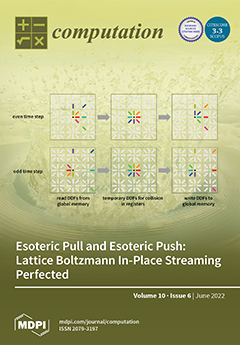The strong and functional couplings among ecological, economic, social, and technological processes explain the complexification of human-made systems, and phenomena such as globalization, climate change, the increased urbanization and inequality of human societies, the power of information, and the COVID-19 syndemic. Among complexification’s
[...] Read more.
The strong and functional couplings among ecological, economic, social, and technological processes explain the complexification of human-made systems, and phenomena such as globalization, climate change, the increased urbanization and inequality of human societies, the power of information, and the COVID-19 syndemic. Among complexification’s features are non-decomposability, asynchronous behavior, components with many degrees of freedom, increased likelihood of catastrophic events, irreversibility, nonlinear phase spaces with immense combinatorial sizes, and the impossibility of long-term, detailed prediction. Sustainability for complex systems implies enough efficiency to explore and exploit their dynamic phase spaces and enough flexibility to coevolve with their environments. This, in turn, means solving intractable nonlinear semi-structured dynamic multi-objective optimization problems, with conflicting, incommensurable, non-cooperative objectives and purposes, under dynamic uncertainty, restricted access to materials, energy, and information, and a given time horizon. Given the high-stakes; the need for effective, efficient, diverse solutions; their local and global, and present and future effects; and their unforeseen short-, medium-, and long-term impacts; achieving sustainable complex systems implies the need for Sustainability-designed Universal Intelligent Agents (SUIAs). The proposed philosophical and technological SUIAs will be heuristic devices for harnessing the strong functional coupling between human, artificial, and nonhuman biological intelligence in a non-zero-sum game to achieve sustainability.
Full article





